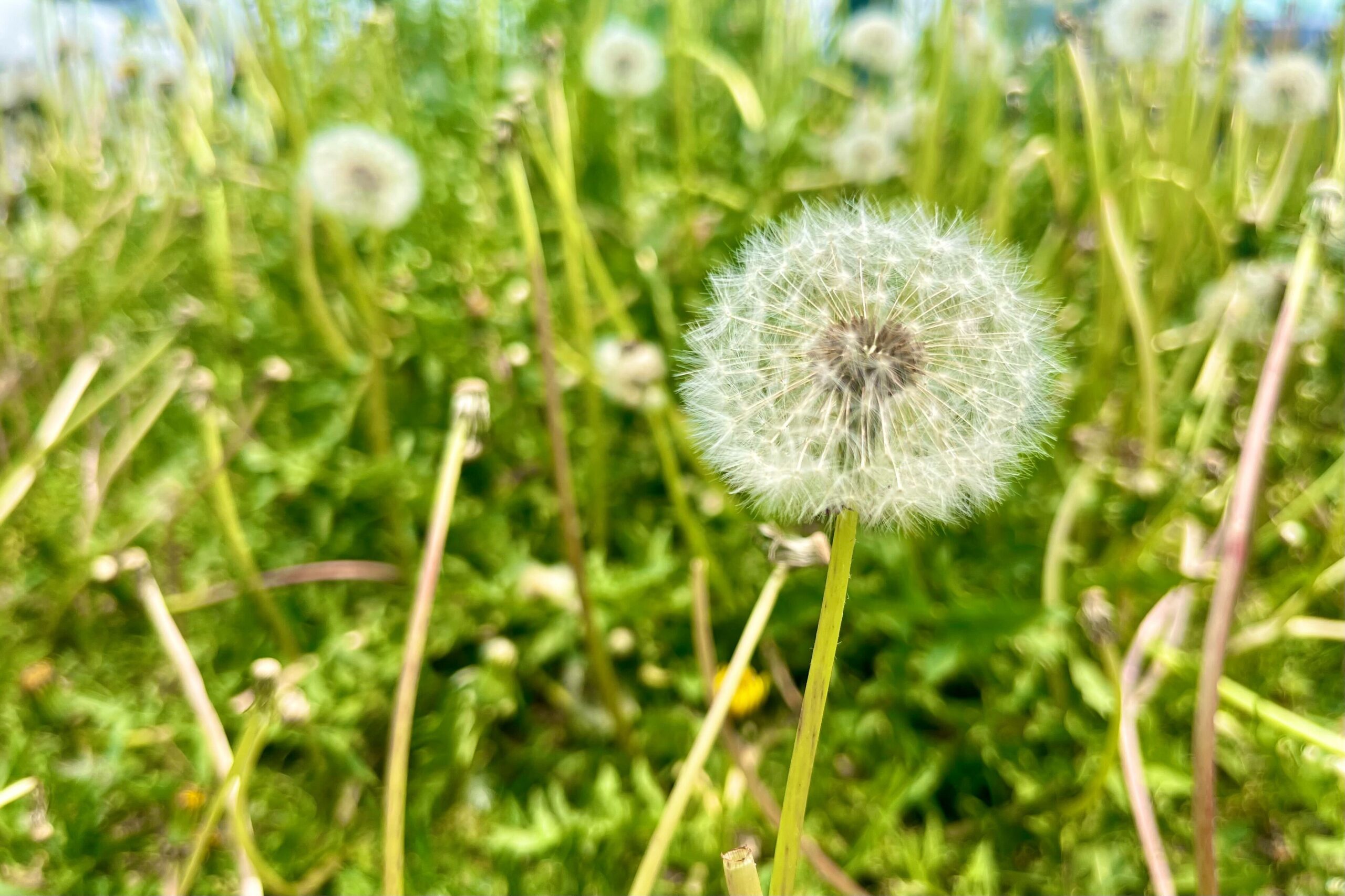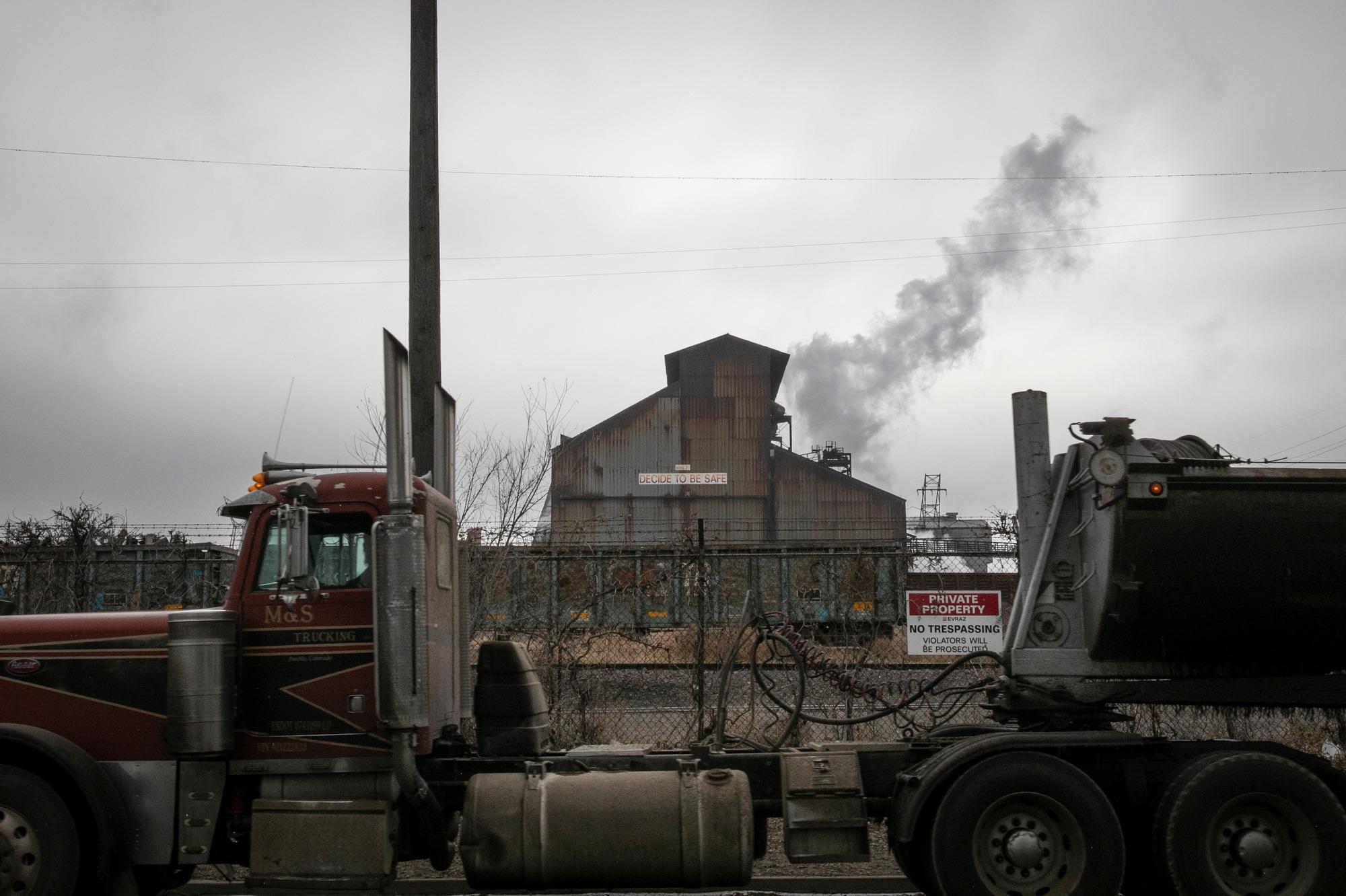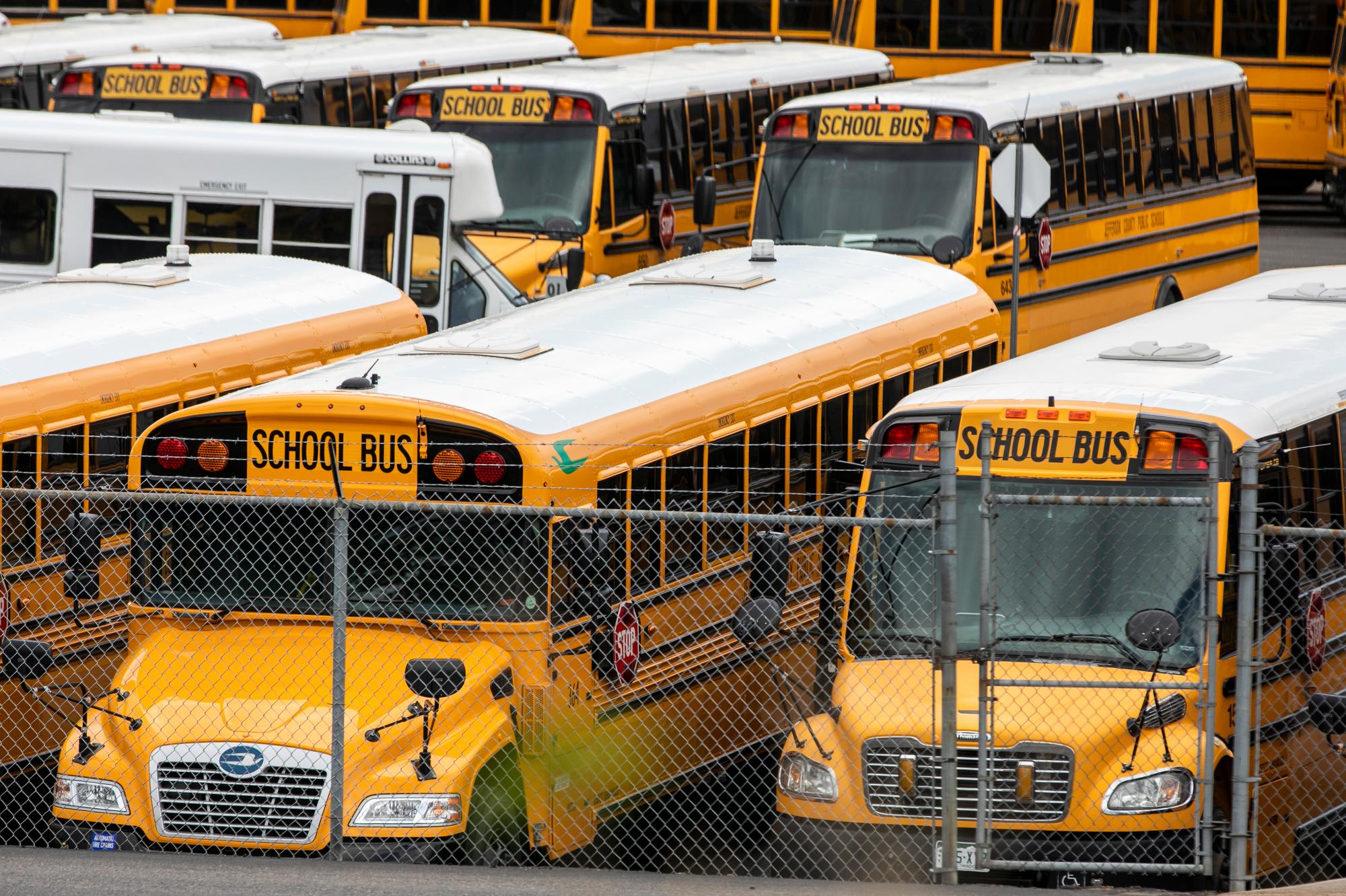
Plentiful precipitation means dandelions are growing like … weeds.
They can be unsightly, but also support pollinators at a time when bees and butterflies have few options. To pull them or not to pull? That is the question.
CPR’s Ryan Warner put that question to Joyce Kennedy, executive director of the People and Pollinators Action Network in Denver.
Interview Transcript
This transcript of their conversation has been edited for clarity.
Ryan Warner: Are dandelions indeed important for pollinators, and why?
Joyce Kennedy: I really should start the conversation by saying that we should be primarily focused on using native plants and thinking about ‘Colorado-scaping’. It’s a new term that I find native plant folks using — thinking about the plants that belong here, and planting those to feed the pollinators.
I feel like this is a way of telling me that dandelions are not native.
They are not a native species, but there's definitely more to say about dandelions. The second thing I would say is that we have to get away from this idea of the pristine lawn. And I think we're hearing this more and more, which is good, but we still have an awful lot of turf grass in Colorado, and that certainly doesn't belong here either. And it's typically dandelions that come up in turf grass. So we have to change our perspective and our aesthetic– how we look at our landscapes.
More fundamentally, how important are dandelions for pollinators? Because I care about looks, but I also care about bees!
If you're comparing dandelions to grass, dandelions are going to feed more pollinators because grass really is a desert for pollinators. There's no food for them there. So especially in the early spring, when there are very few sources of nectar and protein for our pollinators, dandelions do provide a vital source for them. That's why you'll often hear advocates saying, "Oh my goodness, leave the dandelions for the bees!" However, we can think about planting a greater diversity of early-season plants so that we can feed them in other ways. So it does come down to your aesthetics, to some extent. So it's hard to say whether they're bad or good. It's more that they do provide that early season value to pollinators.
What are some alternative early-season plants, as you say, that can help pollinators thrive?
The plants are fairly limited that you can have early season, but they do exist. And I would direct people to some lists, so they can choose the appropriate native plants for their region, for the early spring. And you can get those from the Colorado Native Plant Society. You can get them from the Xerces Society. And I would say, check some of those lists and see what would be best where you are in Colorado. Some of the early bulbs can be helpful, as well. Crocus and so forth can provide some nectar.
It's fascinating to hear that green lawns in the traditional sense are essentially deserts for pollinators. I think of them certainly as being thirsty. I think of them as being somewhat out of place in the high desert, but they're also just not that good for bees and butterflies and other pollinators.
Exactly. That's why we have to move away from them. We'll often talk about, “you don't need to remove all of your turf at one time,” but maybe start with small beds of removing some turf and planting a variety of flowers for them. As soon as you provide some habitat for bees, you're going to find that you'll have way more diversity in your yard. And that's so enjoyable and entertaining.
And just taking a step back to the idea of when you do see a lot of dandelions, it does make me think, well, that's a place where pesticides aren't being sprayed, and of course, that's going to provide a healthier environment for pollinators and for people of course.
Okay, Joyce, it's the million-dollar question. Dandelions just look so bad. My neighbors are trying to sell their place right now. The lawn after the rain with the dandelions everywhere, it almost looked like the building was abandoned. They're tremendously satisfying to pull out at the root. Should we be getting rid of our dandelions?!
There's a balance there, and since you want your property to have good curb appeal, you have to fulfill that need. I would suggest leaving a few until you have something blooming, and then digging out the ones that you feel put your landscape over the edge of this aesthetic that you find pleasing. There are more and more really useful tools that help you dig out dandelions. There’s an easy probe that you push in and you're more likely to get the entire root. So I'd recommend those. The other thing would be letting them bloom and then pulling them up before they go to seed.
What is pollinator season?
Really, the entire growing season is the pollinator season. They start to emerge when temperatures suit them, and we always talk about not really disturbing your gardens and landscapes until our temperatures are consistently above 50 degrees, because that is when they begin to emerge. I just started cleaning up my garden this weekend so that I wouldn't disturb anything until they come out. But of course, if there's a warm day, you will see pollinators out. And then we need to be thinking about having something blooming until really, the first hard frost, because there'll be pollinators that are around until that time.
Do you want to name a few other ways I can help pollinators?
We really encourage people to plant lots of flowers because that's what feeds them. Please don't spray chemicals on your lawn because that is what's having a huge impact on the health of our pollinators, and we continually remind people that it's not just the pollinators. It's, of course, our pets and our human health. Children are particularly sensitive to pesticides. You can also talk to your neighbors – sharing plants, sharing tips on how to manage your landscapes. We do a number of native plant swaps along the Front Range. Folks can come and if they don't have something to trade, they can still come and get a few new plants. That can be really inspirational to new gardeners.
And certainly talk to your local and state and federal officials about changing policies so that we can better protect pollinators overall.
Before we go, Joyce, do you know where the name dandelion comes from?
No, Ryan. I hope you looked it up.
I did. It's French for lion's tooth, dent-de-lion. So there we go. We both learned something today. Joyce, thank you so much for being with us.
Thank you so much, Ryan. Pleasure.









